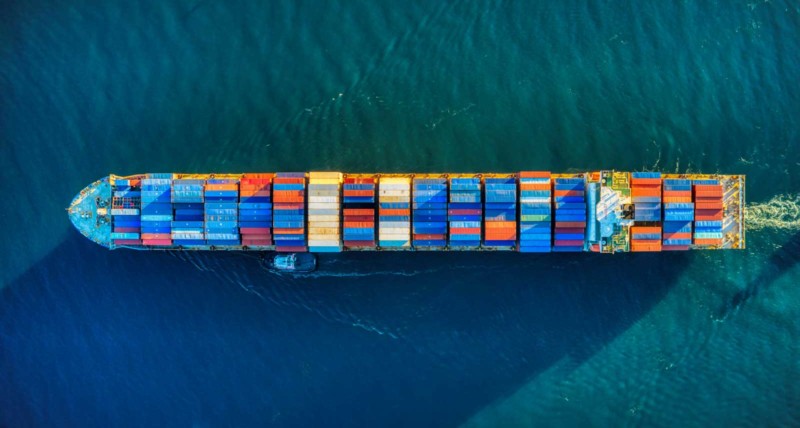According to a report by the World Meteorological Organization, global sea levels have risen by an average of 3.4 mm per year between 1993 and 2023.
Pacific archipelagos face the risk of being submerged. In certain areas of the ocean, sea levels are rising faster than the global average, according to a report by the World Meteorological Organization (WMO) released on Tuesday, August 27th, during the Pacific Islands Forum. The 18 member states, including New Caledonia and French Polynesia, are « on the front lines in the battle against climate change, » stated Baron Waqa, the organization’s Secretary-General, at the opening of the summit.
Over thirty years, from 1993 to 2023, global sea levels have risen by an average of 3.4 mm annually. However, in the Pacific, sea level rise is more pronounced than the global average in several areas, including around Southeast Asia (4.52 mm) and in the southern Oceania region (4.13 mm).
The Pacific Overheating “Ocean temperatures vary, just as air temperatures vary across the globe, and as a result, sea levels also fluctuate,” explains Peer Hechler, a scientist at the World Meteorological Organization (WMO), to franceinfo. Besides the melting of glaciers and ice sheets, sea level rise is also driven by ocean warming. This phenomenon causes water to expand, which increases the volume of the ocean.
During the period from 1981 to 2023, « almost the entire southwestern Pacific showed a trend of ocean surface warming, reaching up to +0.4°C per decade » in some places, the report details. This rate is « three times faster than the global average, » estimated at +0.15°C per decade. This trend was further intensified in 2023 by the combined effects of El Niño and climate change.
« Greenhouse gases—largely generated by the burning of fossil fuels—are causing our planet to overheat. And the sea is bearing the brunt of it. »
Antonio Guterres, UN Secretary-General In a statement « Global mean sea levels are rising at an unprecedented rate. The ocean is overflowing, » Antonio Guterres emphasizes. According to the WMO report, sea levels have risen by about 11 cm since 1993, with the rate of rise accelerating in recent years. « When averaged over several decades, you can see the acceleration, with 2.1 mm/year from 1993-2002, compared to 4.8 mm/year from 2014-2023, » adds Peer Hechler.
A Region Particularly at Risk This phenomenon threatens millions of people and entire archipelagos in the Pacific region. « Human activities, through sea level rise, are turning a lifelong friend into an increasing threat, » says Celeste Saulo, WMO Secretary-General. « We are already seeing an increase in coastal flooding, shoreline erosion, saltwater contamination of freshwater reserves, and community displacement. »
« A global catastrophe is putting this Pacific paradise at risk. »
Antonio Guterres, UN Secretary-General In a statement Experts anticipate that sea levels will continue to rise in the region. For instance, sea levels in Sydney (Australia) could rise by 56 cm by 2090, according to the most pessimistic scenario outlined in a recent government report. « Communities, economies, and ecosystems throughout the entire Southwestern Pacific region are significantly impacted by the cascading effects [of climate change], » emphasizes Celeste Saulo. « It is increasingly clear that we are running out of time to reverse the trend. »
Since the 19th century, the Earth’s average temperature has risen by 1.1°C. Scientists have conclusively established that this increase is due to human activities, particularly the consumption of fossil fuels (coal, oil, and gas). This unprecedented warming, both in its speed and magnitude, threatens the future of our societies and biodiversity. However, solutions—such as renewable energy, sustainability, and reducing meat consumption—exist. Discover our answers to your questions about the climate crisis.
Source: francetvinfo



